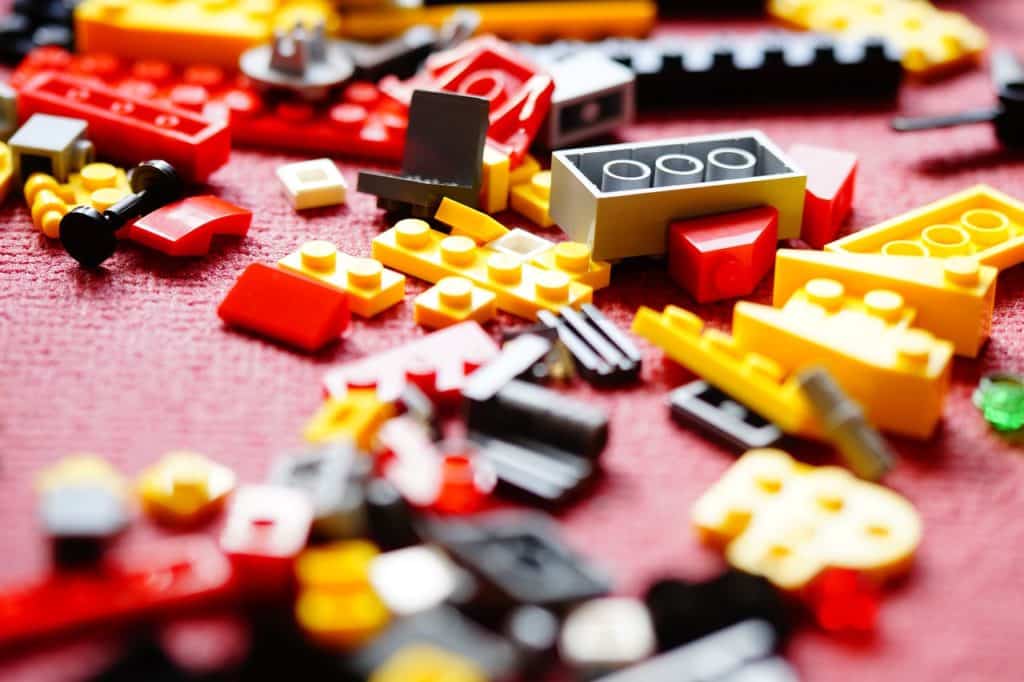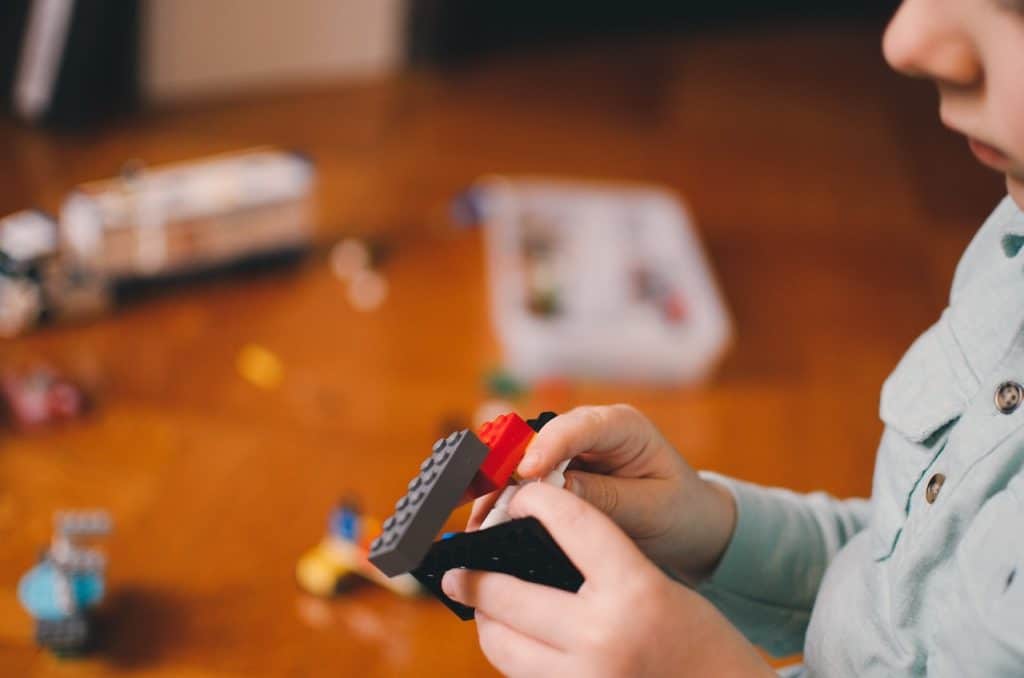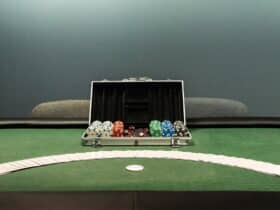For many of us, the familiar snap of LEGO bricks coming together was a formative part of our childhood. Hours spent hunched over vibrant, multi-colored sets not only fueled our imaginations but also honed our spatial reasoning and problem-solving skills. The satisfaction derived from transforming a jumble of pieces into an intricate model is immeasurable. Yet, as we age, some of us may yearn for pastimes that challenge us in similar ways, but with an added level of complexity. If you’re a LEGO enthusiast looking to diversify your hobbies, this guide is for you.
Model Building
Evolving from LEGO building to model building is a natural progression. Assembling models of aircraft, ships, cars, and architectural landmarks involves the same core skills – patience, attention to detail, spatial awareness, and creativity. However, model building also brings a touch of realism that LEGO sets, despite their charm, can’t quite capture.
Model kits range from simple snap-together kits perfect for beginners to intricate designs that require glue, paint, and hours of meticulous work. The level of detail in these kits can be astonishing. Tiny cockpit controls in a fighter jet, the complex rigging of a 17th-century galleon, or the delicate architectural elements of a historic building can all be reproduced in miniature form.
Building these models not only provides a sense of accomplishment but also delivers a history lesson. Each model represents a slice of our past – be it a feat of engineering, a marvel of design, or a symbol of human achievement. Exploring these facets while you craft your models can add a whole new depth to this hobby.

Robotics and Engineering
For those LEGO enthusiasts whose interests lean more towards technology and innovation, exploring robotics and engineering might be a logical step. LEGO itself acknowledges this overlap with its Mindstorms sets, combining traditional LEGO building with basic robotics.
These sets allow you to build programmable robots with LEGO pieces, providing a gentle introduction to robotics. However, once you’ve mastered this, you can venture further into the world of robotics and engineering with platforms like Arduino or Raspberry Pi.
Arduino is an open-source platform that allows you to create interactive electronic objects. Raspberry Pi, on the other hand, is a series of small, single-board computers that you can program for various purposes. With both, you can learn fundamental concepts in programming and electronics, enabling you to build anything from an automatic plant waterer to a home security system.
Like LEGO building, robotics and engineering require problem-solving skills and creativity. They also provide tangible results – creations that move, interact, and respond, offering the same satisfaction you get from LEGO building, but with an added layer of technological wizardry.

3D Printing and Design
In recent years, 3D printing has surged in popularity. The concept of creating your own physical objects from digital designs aligns beautifully with the essence of LEGO building. Both are about bringing ideas to life, be it from bricks or filament.
Learning 3D design is an exciting way to upskill from LEGO building. Software such as Tinkercad or Fusion 360 allows you to design virtually any object you can imagine, then bring it to life with a 3D printer. This process of design and creation taps into the same well of creativity and patience required in LEGO building, but it opens up a whole new world of possibilities.
Perhaps you could print missing LEGO bricks or even design and print your own unique pieces. Or, your ambitions could stretch beyond the realm of LEGO, designing and printing objects for your home, tools, artwork, or even prosthetics. The possibilities with 3D printing are almost endless.
Woodworking/Carpentry
Woodworking or carpentry could be seen as LEGO building for adults. Just as you construct structures with LEGO bricks, you build objects with pieces of wood. The raw materials and tools are different, but the satisfaction of seeing a project come together is remarkably similar.
Of course, woodworking requires additional skills and a higher level of caution. Safety is paramount; therefore, learning the correct way to use each tool and adhering to safety procedures is essential. You might start with simple projects, like a birdhouse or a picture frame, gradually building up to more complex furniture pieces as your skills develop.
Woodworking also engages the artistic side of your brain. As you become more comfortable with the craft, you can start to design your own projects, maybe even incorporating intricate details or unique design elements.

Video Games Related to Building and Creativity
Video games are another medium that can satisfy the builder’s itch in LEGO enthusiasts. Titles such as Minecraft, Terraria, and The Sims focus heavily on construction and creativity.
In Minecraft, players can construct elaborate structures, from houses and farms to castles and cities, using different block types. Terraria, while similar to Minecraft in its focus on crafting and building, also offers a more action-oriented experience with combat and exploration elements.
Meanwhile, The Sims allows you to design and build houses, manage communities, and control characters’ lives. You can choose every detail of your character’s home, right down to the furniture, flooring, and wallpaper, reminiscent of the careful attention to detail required in LEGO building.
Puzzle Solving and Escape Rooms
The intricate problem-solving involved in LEGO building is a skill that also translates well to puzzle solving. Many puzzles, especially 3D puzzles, involve constructing or assembling something, much like building a LEGO set.
Escape rooms, whether physical or virtual, take puzzle-solving to another level. They require keen observation, problem-solving skills, and often teamwork to decode clues and solve a series of puzzles. Much like seeing a LEGO project come to life, escaping from a room provides a tangible goal and a sense of achievement.
Conclusion
There are many paths to follow when transitioning from LEGO building to other hobbies. Whether you’re interested in model building, robotics, 3D printing, woodworking, video games, or puzzle-solving, you can find a hobby that will stimulate your creativity and challenge your problem-solving skills. Remember, the key is to enjoy the journey, not just the destination. After all, wasn’t that what building with LEGO was all about?


















